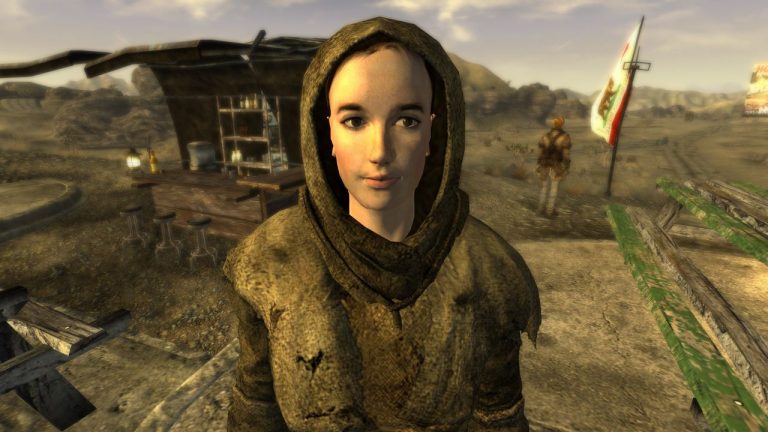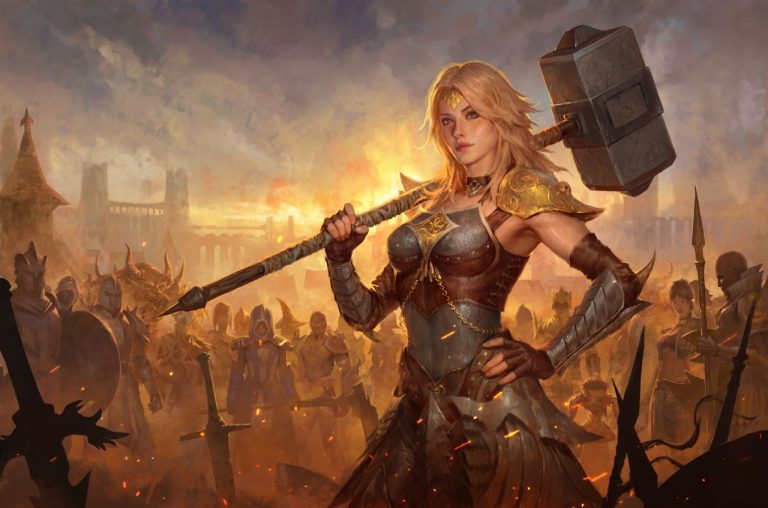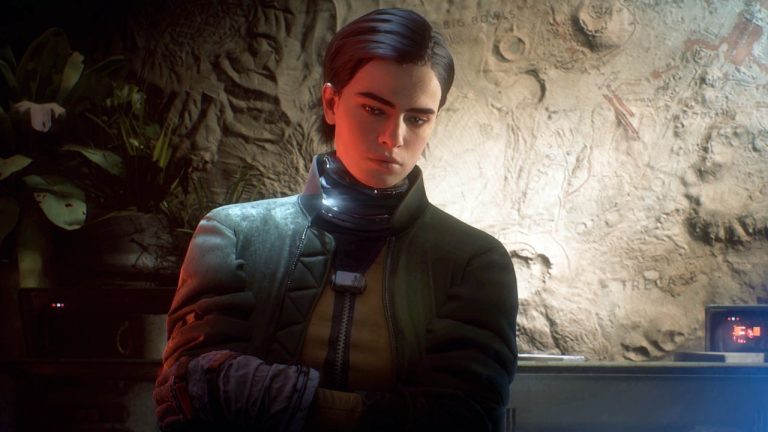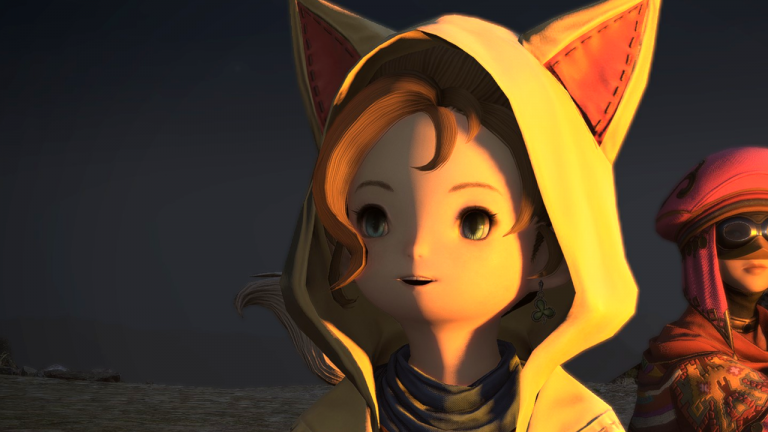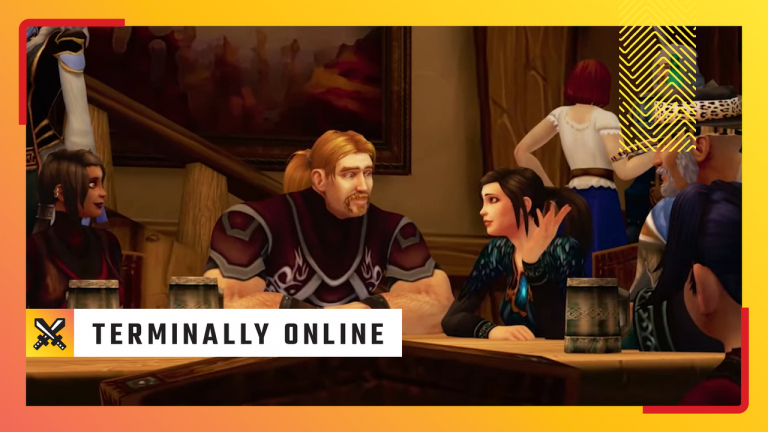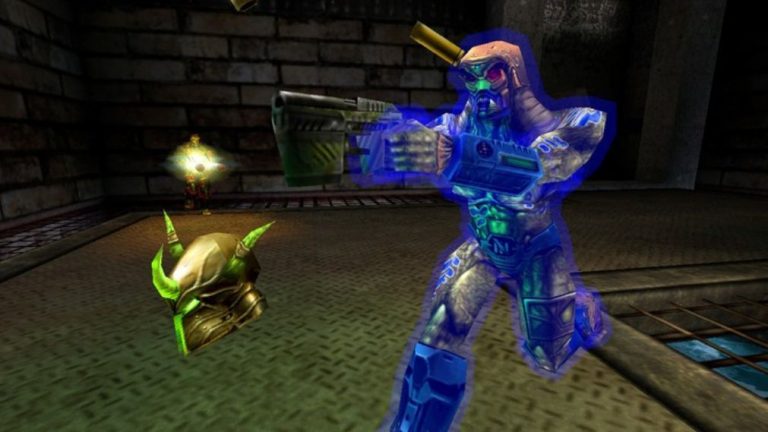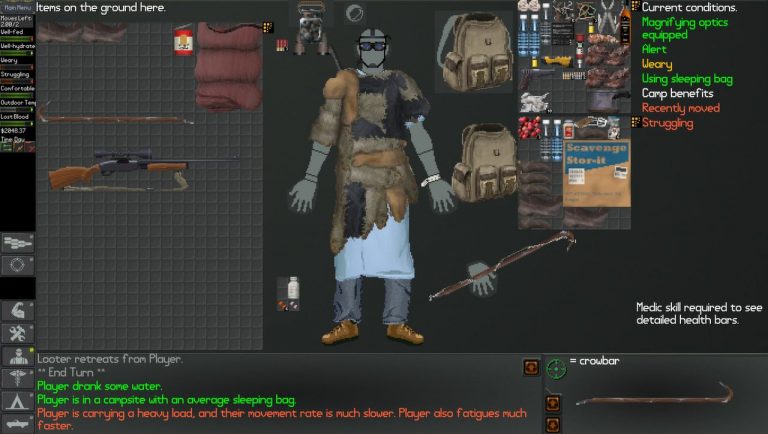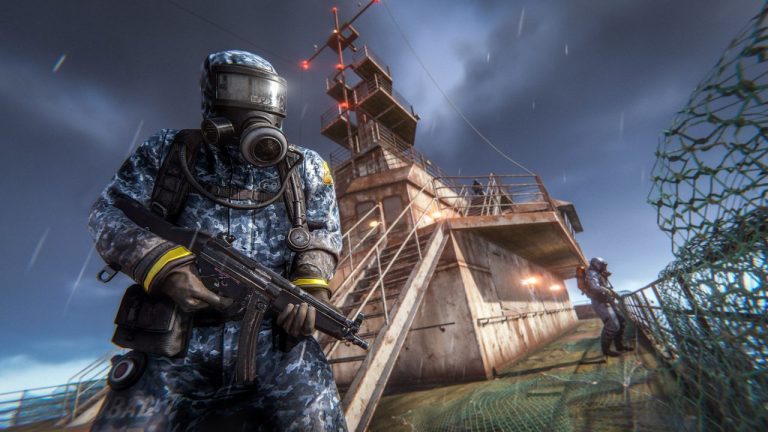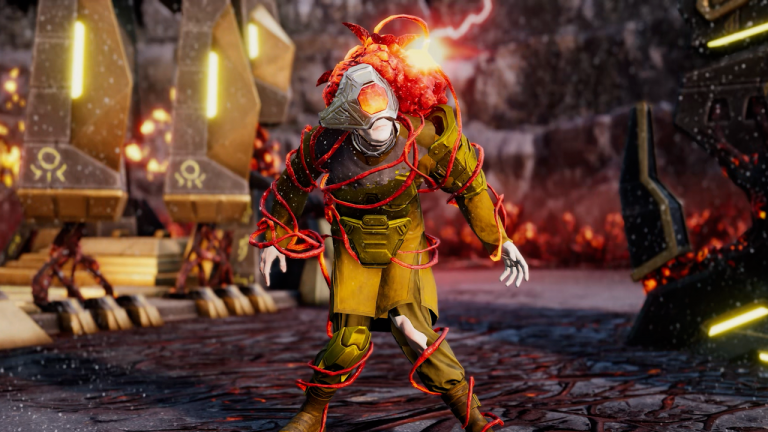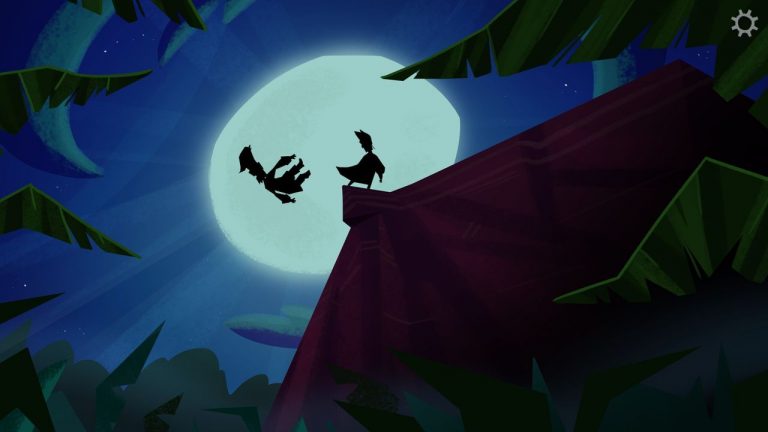Crypt Custodian sounds like the name of a tough guy ARPG, but it’s actually a charming metroidvania starring my favourite videogame cat of 2024. It’s a real shame he had to die.
Pluto has fallen off a ledge and snuffed it. It’s an abrupt and unwelcome death but there’s a silver lining: since he’s spent his life being a nice puss to some loving owners, he shouldn’t have any problem getting into The Palace, which is where good dead pets go when they die.
What is it? A top-down exploration adventure set in purrgatory, starring a cat.
Expect to pay £15 / $20
Developer Kyle Thompson
Publisher Top Hat Studios
Reviewed on RTX 3060 (laptop), Ryzen 5 5600H, 16GB RAM
Multiplayer? No
Steam Deck Yes
Link Steam
Alas, Pluto breaks some stuff during what is effectively an afterlife job interview, so capricious Palace Guardian Kendra decides he’s not allowed in after all. Instead of an eternity of idyll, Pluto is made a Palace door janitor. It’s not a great outcome, obviously. But it turns out other animals have fallen unfairly afoul of Kendra too, and it’s not long before a plot emerges to break out of the Palace’s walls and escape to… where?
Crypt Custodian is a game by Kyle Thompson, whose previous work includes Islets and Sheepo. Both are breezy action metroidvanias starring animals, and all share a distinctive art style. Creature designs borrow heavily from 1930s and 1940s cartoons, but Thompson doesn’t seem interested in rote nostalgia. Animations have a modern fluidity that makes them feel less like a period piece compared to, say, Cuphead. Like Thompson’s earlier games, Crypt Custodian is a gorgeous thing in action. The crisp unfussiness of its art is a perfect fit for its precision-oriented action.
Whereas Islets and Sheepo were sidescrollers, Crypt Custodian opts for a top-down view, bringing it closer to something like Hyper Light Drifter or Death’s Door (it shares the latter’s lightly mordant sense of humour, too). It’s considerably easier than either of those, or at least, its difficulty curve has a much smoother gradient.
Pluto wields a humble broom which functions like a sword. Combat remains uncomplicated throughout the entire game, but the difficulty lies in its bullet hell trappings. Fights are less about fancy attacks and more about balletic manoeuvring between often erratic projectiles, whether with the brisk i-frame laden dodge or careful weaving through the fray. In the vein of Hollow Knight, the controls are tuned tightly enough that, simple though they are, broom fights remained punchy and fun for more than 20 hours.
(Image credit: Kyle Thompson)
Crypt Custodian (Image credit: Kyle Thompson)
Crypt Custodian (Image credit: Kyle Thompson)
Crypt Custodian (Image credit: Kyle Thompson)
Variety comes from the array of powers Pluto accumulates during the adventure, and there’s not just one tier of upgrade here, but three. There’s the usual metroidvania progress abilities, including a ghost double of Pluto for puzzle solving and a broom projectile (dubbed the “broomerang”) which can trigger distant switches. Eventually there’s an upgrade that lets Pluto warp to wherever he can throw his broomerang, and another that lets him burrow tunnels in the ground.
There are also less consequential upgrades tied to a point system, meaning the more upgrade points you collect throughout the world, the more upgrades you can use at once. These include simple buffs to health and attack, but also more creative options like one that makes enemies explode upon death. Also in the mix are special attacks, which can only be activated one at a time and are subject to cooldowns. I tended to stick to the brief moment of invincibility afforded by the Spirit’s Shield, but there are a range of offensive attacks like land mines and homing projectiles.
This two-tier system, unnecessarily confusing though it may seem, feels especially crucial for boss battles. While I found Crypt Custodian mostly low stress, some bosses required me to carefully optimise my “build,’ though I generally didn’t have to think much during normal moment-to-moment world traversal. Bosses fall back on the old pattern recognition, with their mechanical familiarity offset by whimsical spectacle.
(Image credit: Kyle Thompson)
(Image credit: Kyle Thompson)
(Image credit: Kyle Thompson)
Charm is, in the end, something Crypt Custodian leans on very heavily. While the map is huge, most areas are just flat pathways strewn with obstacles, with only a color scheme and wispy indistinct skybox to distinguish them. It eventually makes the hard-fought discovery of a new area feel less exciting than it usually is in these sorts of games.
Yes, it does occasionally feel monotonous, especially when I realized that I could just run past most enemies rather than fight them.
On the other hand, I loved Crypt Custodian’s modesty, which is a weird thing to love about a videogame. Let me explain: for a long time I kept expecting Crypt Custodian to surprise me with some incredible new power, or crazy hidden depth. This never materialised. I eventually understood that, aside from being a mechanically impeccable videogame, this is also a cool thing a single person made with the help of their brother (Eric Thompson contributes the Boards of Canada-esque soundtrack). Though it fails to intrigue on the same level, it shares the intimacy of fellow sole-developed indie Animal Well. It has a particular vision that would only have been smudged had other hands been involved.
During a year that has felt near-apocalyptic for the industry, it’s productive to be reminded that a videogame can just be a weird thing one person made as much for fun as for profit.



